A massive fire at an electrical substation knocked out power to London’s Heathrow Airport on Friday, forcing a full-day shutdown that stranded hundreds of thousands of travelers and triggered a cascade of flight disruptions across the world.
At least 1,350 flights were affected, according to FlightRadar24, as airlines scrambled to reroute or cancel journeys at Britain’s busiest travel hub. The chaos is expected to persist for days as passengers try to rebook flights.
Some 120 flights were already in the air when Heathrow’s closure was announced, with many forced to divert to alternative airports, including Gatwick, Paris Charles de Gaulle, and Shannon in Ireland.
The London Fire Brigade deployed 10 engines and 70 firefighters to tackle the blaze that erupted late Thursday night in the west of London. The fire also knocked out the area’s back-up power system, leading to a mass outage at Heathrow, Europe’s busiest and the world’s fifth-busiest airport.
Lawrence Hayes was three-quarters of the way to London from John F. Kennedy International in New York when Virgin Atlantic announced they were being diverted to Glasgow.
“It was a red-eye flight and I’d already had a full day, so I don’t even know how long I’ve been up for,” Hayes told the BBC as he was getting off the plane in Scotland.
“Luckily I managed to get hold of my wife and she’s kindly booked me a train ticket to get back to Euston, but it’s going to be an incredibly long day.”
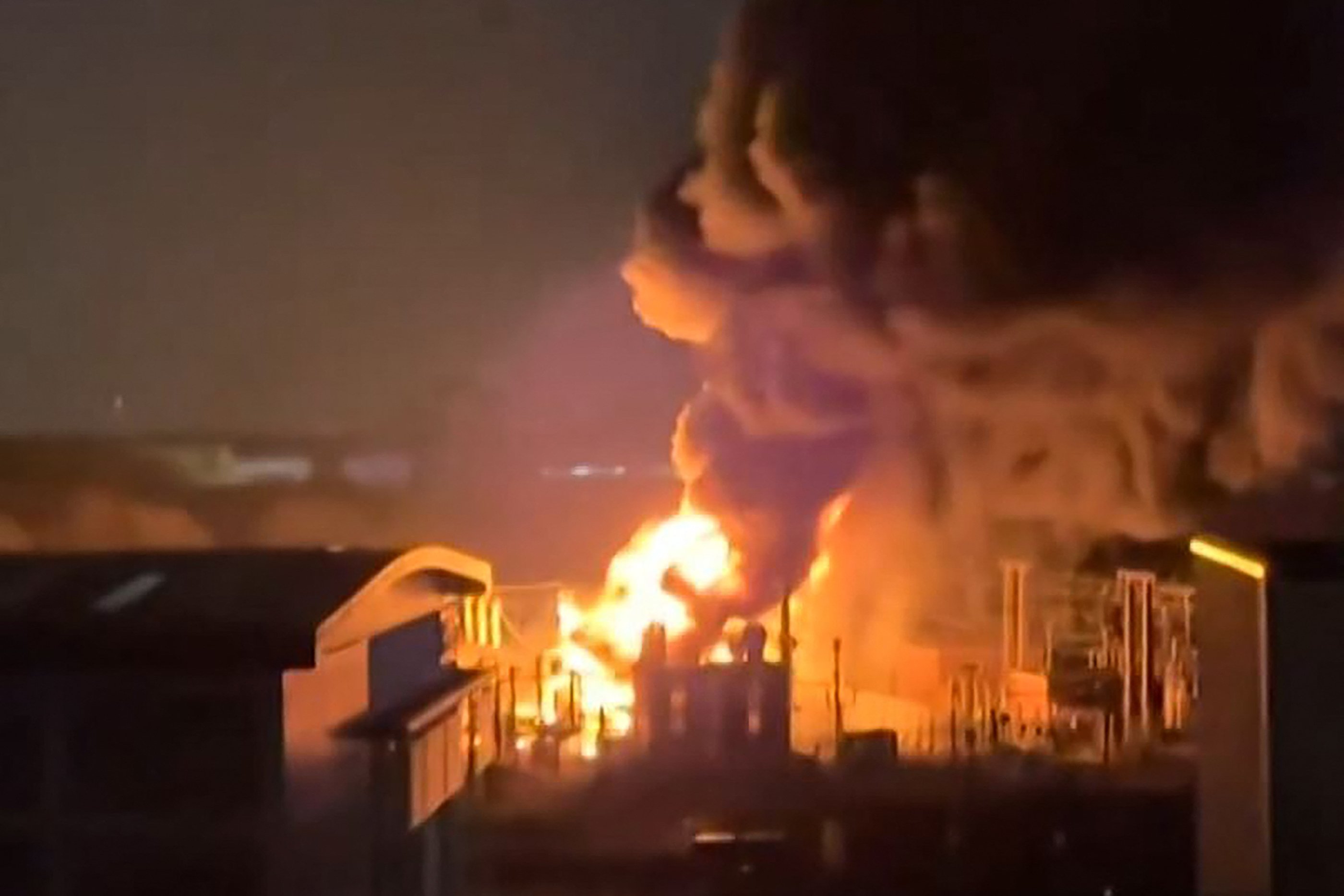
The fire at a power station about 2 miles from the Heathrow was brought under control about seven hours after it erupted in a ball of flames, causing a widespread power outage that plunged thousands of homes and businesses into darkness, the London Fire Brigade said.
“We don’t know the cause of this fire. It’s obviously an unprecedented event,” Energy Secretary Ed Miliband said.
“This was a very visible and significant incident, and our firefighters worked tirelessly in challenging conditions to bring the fire under control as swiftly as possible,” Assistant Commissioner Pat Goulbourne said.
“Thanks to their efforts and coordinated multi-agency response, we successfully contained the fire and prevented further spread.”
By early morning the roads around Britain’s biggest airport were largely deserted, except for some passengers walking away with their luggage.
Despite the containment, officials said safety concerns left them no choice but to suspend all operations at the airport for the day. Heathrow was due to handle 1,351 flights on Friday, flying up to 291,000 passengers.
“We expect significant disruption over the coming days, and passengers should not travel to the airport under any circumstances until the airport reopens,” the airport said.
Chaos ahead
The fire’s impact extended beyond Heathrow.
Industry experts warned that some passengers forced to land in Europe may have to stay in transit lounges if they lack the visa paperwork to leave the airport. Global flight schedules will also be affected more broadly, as many aircraft will now be out of position.
“Heathrow is one of the major hubs of the world,” said Ian Petchenik, spokesperson for flight tracking website FlightRadar24. “This is going to disrupt airlines’ operations around the world.”
National Rail canceled all train services to and from the airport, and airlines worldwide scrambled to adjust. United Airlines said seven of its flights were either canceled or diverted.
British Airways, the biggest carrier at Heathrow, had 341 flights scheduled to land there on Friday. The chaos hit shares in airlines including British Airways parent IAG.
Singapore Airlines rerouted its overnight London-bound flight to Frankfurt, Qantas Airways sent its flight from Perth to Paris, while Taiwan’s China Airlines and EVA Air turned back their flights mid-journey.
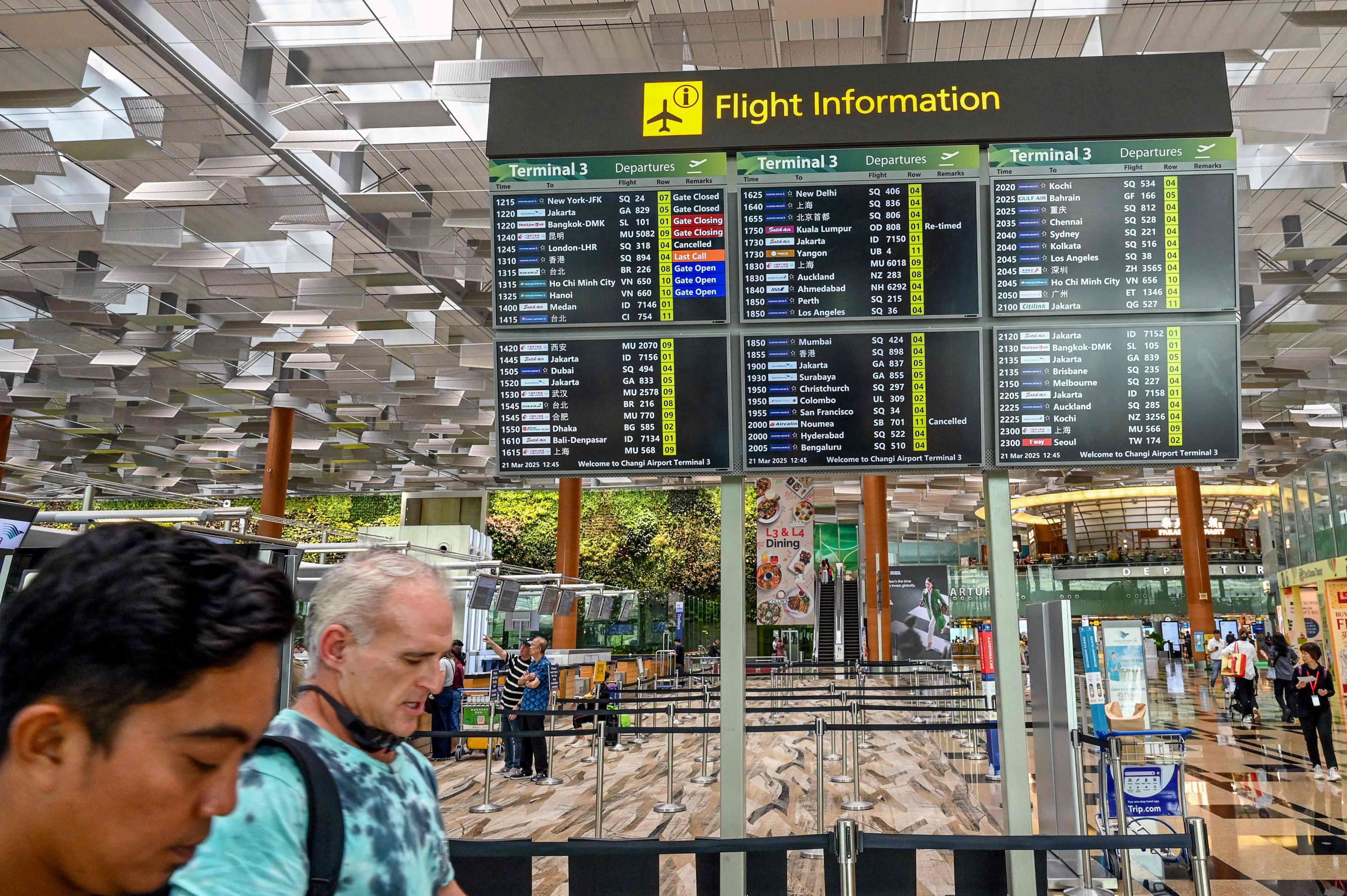
FlightAware data showed additional cancellations from major carriers, including Delta and American Airlines, which called off scheduled departures from New York’s JFK.
Airlines’ carefully choreographed networks depend on airplanes and crews being in specific locations at specific times. Dozens of carriers will have to hurriedly reconfigure their networks to move planes and crews around.
“The other question is, ‘What will airlines do to deal with the backlog of passengers?'” said travel industry analyst Henry Harteveldt with Atmosphere Research Group. “It’s going to be a chaotic couple of days.”
Some passengers turned to social media. Adrian Spender, who works at British retailer Tesco, said in a post on social media platform X that he was on an Airbus A380 that had been headed for Heathrow.
“#Heathrow no idea where we are going yet. Currently over Austria.”
The disruption was reminiscent of the 2010 eruption of Iceland’s Eyjafjallajokull volcano, which spewed clouds of ash into the atmosphere and created trans-Atlantic air travel chaos for months.
Heathrow was at the heart of a shorter disruption in 2023 when Britain’s air traffic control system was hit by a breakdown that slowed takeoffs and landings across the U.K. on one of the busiest travel days of the year.
The airport had its busiest January on record earlier this year, with more than 6.3 million passengers, up more than 5% from the same period last year. January also was the 11th month in a row that it averaged over 200,000 passengers a day, with the airport citing trans-Atlantic travel as a key contributor.
Anita Mendiratta, an aviation consultant, said the impact of the closure will be felt over two to four days as airlines, cargo carriers, and crews are re-mobilized and passengers rebooked.
“As soon as the airport opens up at midnight tonight, it’s not only about resuming with tomorrow’s flights, it’s the backlog and the implications that have taken place,” Mendiratta said.
“Crew and aircraft, many are not where they’re supposed to be right now. So the recalculation of this is going to be intense.”
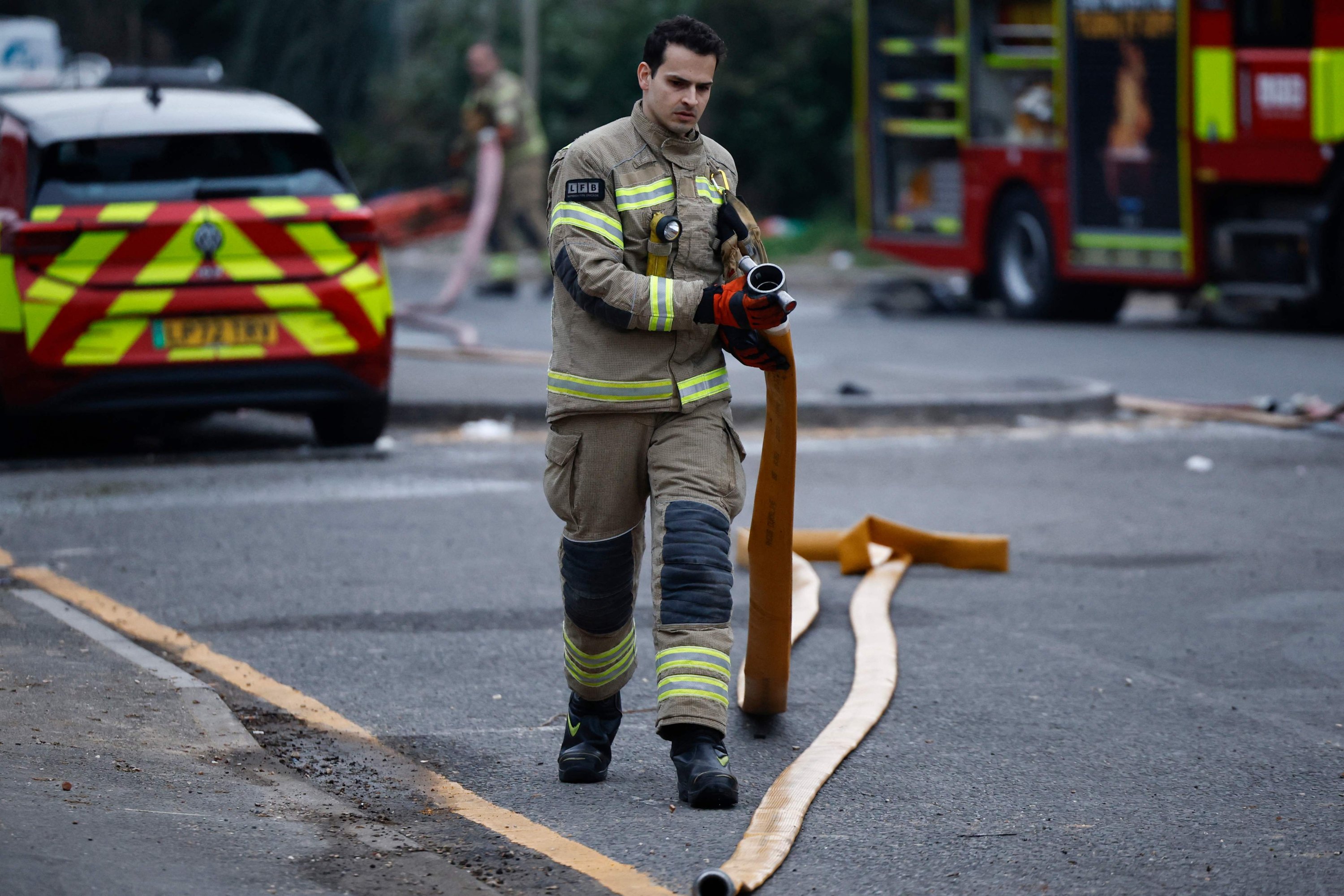
On the ground, Scottish and Southern Electricity Networks reported that over 16,300 homes lost power due to the incident. About 150 people were evacuated from their homes near the power station.
Emergency services were alerted to the blaze at 11:23 p.m. Thursday, and crews continued damping down hotspots well into Friday morning. Goulbourne urged residents to avoid the area and remain cautious until the site is fully secured.
Heathrow normally opens for flights at 6 a.m. due to nighttime flying restrictions. It said the closure would last until 11:59 p.m. Friday.
The U.K. government has been pushing to expand Heathrow with a controversial third runway, citing economic benefits and increased global connectivity. But Friday’s outage underscores the vulnerability of the existing infrastructure.






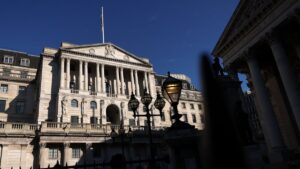

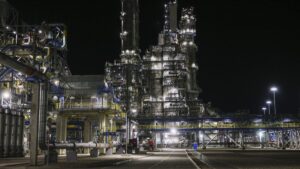
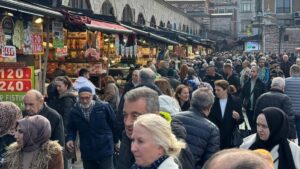

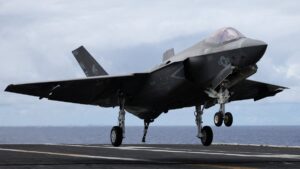
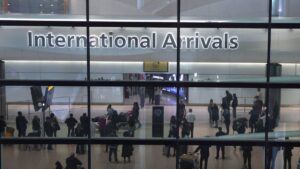






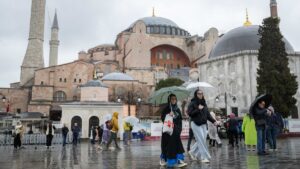




















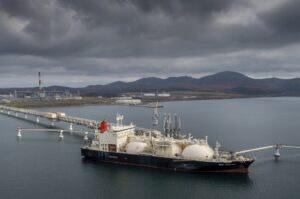











Be First to Comment